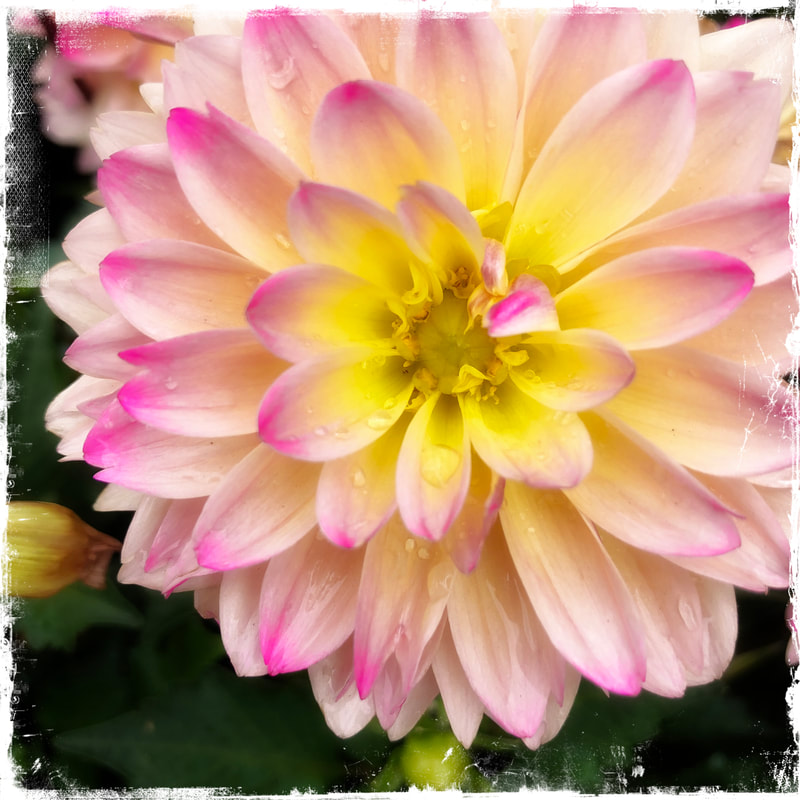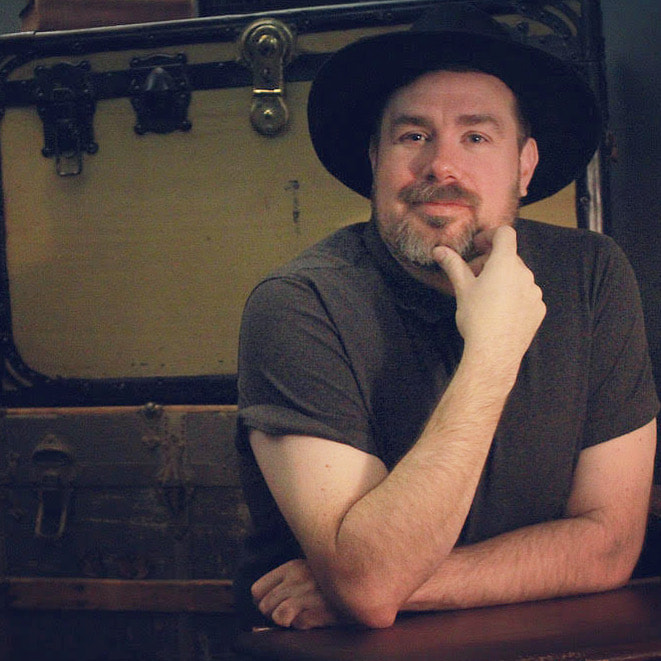ASSAY: A JOURNAL OF NONFICTION STUDIES
7.1
7.1
|
“How do you tell interesting stories? You puncture through reality and you let magic and weird stuff and ghosts bleed back through.”
– Carmen Maria Machado My mother believes that I’m a medium. She thinks this because I saw a ghost in my room when I was seven. I watched the movie Love at First Bite late at night when it aired after the news. I had trouble sleeping is what I used to tell people. The truth was that I was afraid to sleep, afraid of what might happen while I was not awake.
The glow of the TV, the only light in my room, intensified the slate blueness of my walls. The movie cut to a commercial and the TV turned off. It was dark. Not even light from the outside seeped in. I moved down to the end of the bed, reached across the void, and groped for the power dial. The screen crackled, bits of static electricity jumped down my arm as my room filled with blue light once more. Like most things in my house, the TV was secondhand, so I figured it was nothing more than a mechanical failure of an old piece of equipment. Maybe it never worked right in the first place. Nothing to worry about, I told myself. I lay back down, adjusted my pillow to see the TV in front of me better, when I saw the man standing by—blocking— the door. Dressed in a navy pinstripe suit, his broad shoulders hunched, hands clenched, ready for a fight. He was tall, his head reaching above the top of the doorframe. The door had not opened. I had heard no footsteps up the creaky stairs or down the narrow hallway. He had appeared with the flicker of the TV light. The TV light faded in and out. He was closer with each movement of light. The pulse in my chest and head skittered down my back. I don’t remember what happened after that. There is a version in my mind where the thin white blanket floated above for a second as I threw it off me, lunged for the door, and made a run for it. Escape. I know I was able to turn on the overhead light in my room at some point because my mother lectured me the next day about leaving the lights and TV on all night. In the morning, I described the incident to my mother, the man, the ghost in my room. I described what he wore. To my surprise, she started to cry because I had described her father, what he wore when he was buried. I had never met him or seen a picture of him. He died from a heart attack when my mother was eighteen, years before I was born. The only stories I’ve ever heard about him have been about his cruelty, his abusiveness. Throughout my life she would periodically ask if I ever saw him again. My answer was always no.
|
|
Based in Chicago, Bruce Owens Grimm’s haunted queer essays have appeared in The Rumpus, Ninth Letter, Entropy, AWP's Writer's Notebook, Iron Horse Literary Review, Older Queer Voices, Ghost City Review, and elsewhere. He is a co-editor of Fat & Queer: An Anthology of Queer and Trans Bodies and Lives, which will be published by Jessica Kingsley Publishers, an imprint of Hachette, in 2021. He has taught his Haunted Memoir: What Ghosts Reveal About Life workshop at StoryStudio Chicago and at Arizona State University’s Virginia G. Piper Center for Creative Writing’s Desert Nights, Rising Stars conference, which named him a 2020 Desert Nights, Rising Stars Fellow.
|

